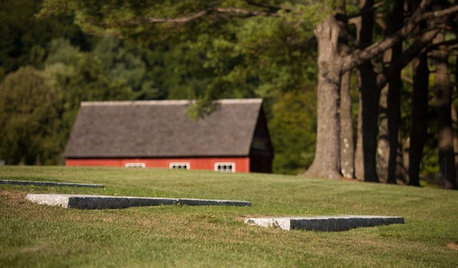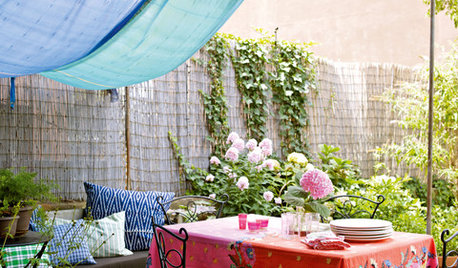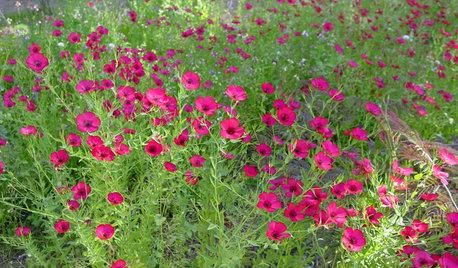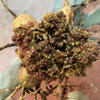HELP! Fertilizer problem?
michey1st_gw
9 years ago
Featured Answer
Comments (17)
morpheuspa (6B/7A, E. PA)
9 years agomichey1st_gw
9 years agoRelated Professionals
Roosevelt Landscape Architects & Landscape Designers · Dedham Landscape Contractors · Fort Payne Landscape Contractors · Long Branch Landscape Contractors · North Highlands Landscape Contractors · Rockville Landscape Contractors · Tigard Landscape Contractors · Woodland Landscape Contractors · Ridgewood Fence Contractors · Laguna Hills Fence Contractors · West Jordan Fence Contractors · Severna Park Fence Contractors · Half Moon Bay Solar Energy Systems · Moreno Valley Solar Energy Systems · Norwich Solar Energy Systemsmorpheuspa (6B/7A, E. PA)
9 years agoSequoiaMatt99
9 years agomorpheuspa (6B/7A, E. PA)
9 years agoportia
9 years agomorpheuspa (6B/7A, E. PA)
9 years agoteddahlia
9 years agomorpheuspa (6B/7A, E. PA)
9 years agoCCvacation
9 years agoteddahlia
9 years agoCCvacation
9 years agoportia
9 years agoken_adrian Adrian MI cold Z5
9 years agomorpheuspa (6B/7A, E. PA)
9 years agoteddahlia
9 years ago
Related Stories

GARDENING GUIDESGet on a Composting Kick (Hello, Free Fertilizer!)
Quit shelling out for pricey substitutes that aren’t even as good. Here’s how to give your soil the best while lightening your trash load
Full Story
GARDENING GUIDESSolve 3 Common Landscape Problems — With More Plants
Sometimes the best defense is a good offense
Full Story
LANDSCAPE DESIGNProblem Solving With the Pros: Rustic Simplicity in a Country Garden
Editing thoughtfully and adding some magic result in a timeless weekend retreat
Full Story
GARDENING GUIDESHow to Keep Your Citrus Trees Well Fed and Healthy
Ripe for some citrus fertilizer know-how? This mini guide will help your lemon, orange and grapefruit trees flourish
Full Story
PETS6 Ways to Help Your Dog and Landscape Play Nicely Together
Keep your prized plantings intact and your dog happy too, with this wisdom from an expert gardener and dog guardian
Full Story
VALENTINE’S DAY5 Relationship Problems Solved by Design
Everyday issues driving you and your special someone apart? These design solutions can help mend your together time
Full Story
LIVING ROOMSA Living Room Miracle With $1,000 and a Little Help From Houzzers
Frustrated with competing focal points, Kimberlee Dray took her dilemma to the people and got her problem solved
Full Story
GARDENING GUIDESSouthwest Gardener's August Checklist
Manage monsoon effects, remember to fertilize and don't let the heat deter you from planting for fall
Full Story
GARDENING GUIDESCommon Myths That May Be Hurting Your Garden
Discover the truth about fertilizer, soil, staking and more to keep your plants healthy and happy
Full Story







michey1st_gwOriginal Author